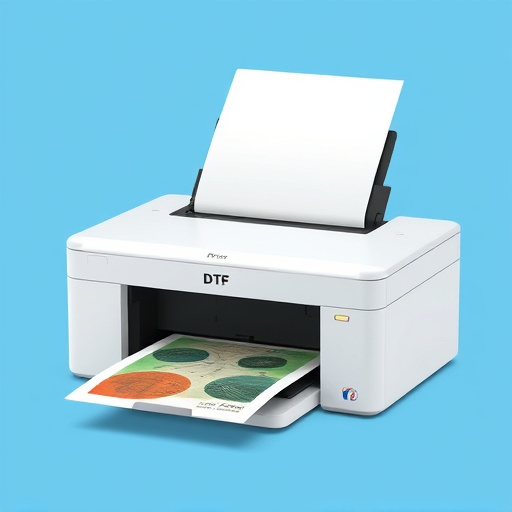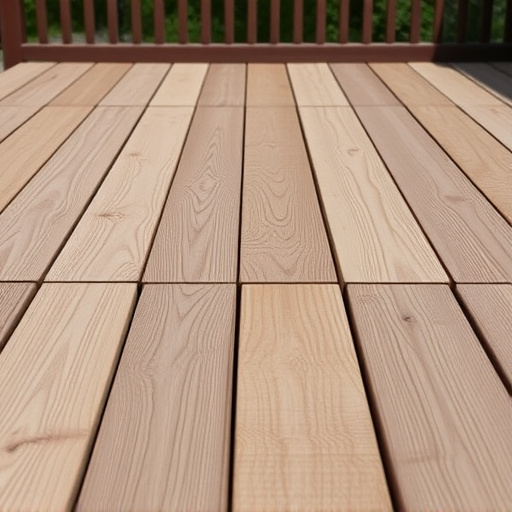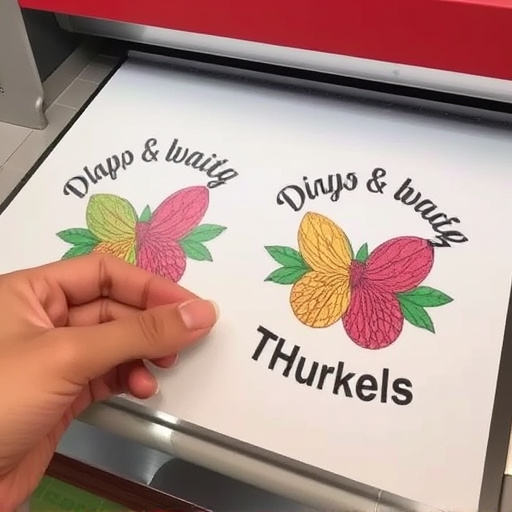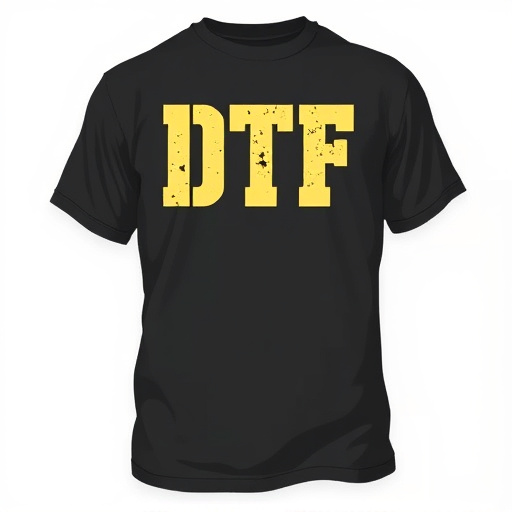DTF (Direct-to-Fabric) Shirt Printing is a modern, high-quality method revolutionizing apparel personalization. Using UV-cured transfers and specialized inks, intricate designs are applied directly to fabric with crisp details and vibrant colors. This technique requires clean garments, precise alignment, heat, and pressure for permanent fusion. DTF offers versatility for diverse clients, catering to both small custom orders and bulk printing while ensuring long-lasting, aesthetically pleasing results on various fabrics.
In the realm of DTF shirt printing, applying transfers is an art that combines precision, technique, and understanding the material. This comprehensive guide delves into the intricacies of Direct to Fabric (DTF) printing, exploring its definition and the various types of transfers used in this innovative process. From selecting the right equipment to preparing your design, we’ll navigate you through each step, ensuring a successful transfer application every time.
- Understanding DTF Shirt Printing and Transfers
- – Definition of Direct to Fabric (DTF) printing
- – Types of transfers used in DTF shirt printing
Understanding DTF Shirt Printing and Transfers

DTF (Direct-to-Fabric) Shirt Printing is a cutting-edge technique revolutionizing the apparel industry. This method allows for high-quality, detailed printing directly onto fabric, enabling intricate designs and vibrant colors. At the heart of DTF printing are transfers, which act as intermediaries between the design and the shirt. These transfers, known as UV dtf transfers, are created using specialized ink and cured with ultraviolet light. The process involves applying the transfer to the target fabric, then pressing it under heat, causing the ink to bond permanently with the material.
Understanding how to apply these transfers correctly is paramount in DTF shirt printing jobs. The dtf application instructions vary based on the design complexity and fabric type, but the core steps remain consistent. Once a digital design is created, it’s printed onto a transparent film using UV-curable ink. This film becomes the transfer that will be precisely aligned and pressed onto the garment. Proper preparation includes ensuring the shirt is clean, smooth, and free of any contaminants. After careful placement, heat and pressure are applied to fuse the transfer into the fabric, resulting in a crisp, long-lasting print.
– Definition of Direct to Fabric (DTF) printing

Direct to Fabric (DTF) printing is a cutting-edge technique revolutionizing the custom shirt printing industry. Unlike traditional methods that rely on complex screens and inks, DTF uses advanced technology to apply designs directly onto fabric using heat transfers. This process involves printing high-resolution images onto special transfer paper using inkjet printers, which are then pressed onto the desired fabric, creating a vibrant and durable finish.
DTF shirt printing offers unparalleled versatility, enabling printers to cater to a wide range of clients and projects. The dtf heat transfers result in crisp, detailed designs that are both soft to the touch and suitable for various fabrics, from cotton tees to polyester jackets. Moreover, the dtf printing process is efficient, allowing businesses to produce custom orders promptly while maintaining high-quality standards, ensuring satisfied customers who appreciate the final product’s aesthetics and durability.
– Types of transfers used in DTF shirt printing

In DTF (Direct-to-Fabric) shirt printing, several types of transfers are employed to achieve high-quality, long-lasting results. The most common among them are water-based transfers and solvent-based transfers. Water-based transfers are popular for their vibrant designs and ease of application, making them suitable for smaller runs and custom orders. They offer excellent print quality on various fabric types and are known for their soft handfeel due to the absence of harmful chemicals. Solvent-based transfers, on the other hand, are ideal for bulk orders as they can handle larger printing volumes while maintaining vibrancy in designs. These transfers use solvents to adhere to the fabric, resulting in a durable finish that withstands frequent washing.
For DTF shirt printing professionals, understanding the nuances of these transfers is crucial to cater to diverse client needs. Whether it’s creating custom designs for individual orders or handling large-scale production runs, the right choice of transfer ensures not only high-quality prints but also customer satisfaction. With the ability to produce vibrant designs on demand, DTF heat transfers have revolutionized the way clothing is personalized and customized in today’s market.
In the realm of DTF Shirt Printing, mastering the application of transfers is a game-changer. By understanding different transfer types and their unique properties, you can achieve vibrant, durable designs that stand out. Whether it’s for a bustling metropolis or a quiet folk art print, the techniques outlined in this article provide a solid foundation for creating captivating garments. So, take a dive into the world of transfers and revolutionize your DTF printing skills today!














